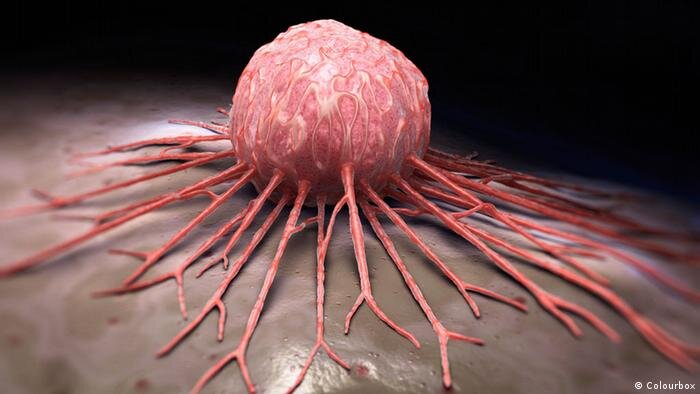National cancer campaign to compensate for treatment deficiencies

TEHRAN – The National Cancer Campaign is being held from January 28-February 4 with the theme of “filling the gaps” to compensate for deficiencies in care and treatment services.
Afshin Ostovar, head of the non-communicable diseases management office of the Ministry of Health, made the remarks on Monday.
“The campaign aims to bridge the gap that currently exists with cancer services and care. There are four types of gaps, the first one is the coverage of the population receiving cancer care services.
This coverage is currently no equivalent to the population of the whole country and is not commensurate with the size of the cancer tissue and the cost that cancer imposes on family health, the health system economy, and the country’s economy.
About 135,000 Iranian develop cancer annually, facing an upward trend. The second gap is the number and variety of services provided in the field of cancer and covered by the health system. Most of the costs we provide in the health system are related to treating cancer patients. While preventive costs are much more effective.
There is a need to expand cancer-related services to prevention and early detection services so that the survival rate of cancer patients increases.
Therefore, in the health system, we must provide services that are less costly and more effective, and especially integrate these services in the health care network system.
On the other hand, palliative care has been somewhat neglected. Cancer patients in the late stages of cancer should be supported to have a good quality of life with minimal pain and suffering. These services are not sufficiently developed in the country.
The third gap is also related to the quality of service. The quality of health-related services and care, whether at the level of prevention, treatment, or palliative care, all needs to be improved.
Also, the necessary equipment for the diagnosis and treatment of cancer and the necessary drugs based on clinical guidelines approved by the Ministry of Health should be sufficiently and fairly available to patients throughout the country. Therefore, training physicians and medical staff to improve the quality of services should be on agenda.
Reducing out-of-pocket payments and financing services related to prevention, treatment, and palliative care is also very important as the fourth gap. If these four gaps are filled, universal health coverage will be provided.”
National cancer control program
The national cancer control program was developed using the experiences of other countries, in particular, the World Health Organization’s recommendations and the experts’ opinions, which sets out the Ministry of Health’s roadmap up to the Iranian calendar year 1404 (March 2025- March 2026).
The purpose of the program is to reduce cancer prevalence and mortality while improving the quality of patients’ lives, which can serve as a model for other countries, especially in the Eastern Mediterranean region.
The cancer preparation program was designed to determine the infrastructure and manpower needed over the next 6 years, to determine the type of centers, equipment, and distribution throughout the country using a geographic information system (GIS).
The program includes two important documents, namely, “development of national cancer care network” and “development of cancer human resources”, which resulted in the establishment of the early diagnostic centers.
135,000 cases of cancer annually
About 135,000 Iranian develop cancer annually, which is facing an upward trend. The most common cancers in the country are prostate cancer in men and breast cancer in women, Ostovar said.
In terms of the current incidence of cancer in the world, Iran has a moderate situation, but for two reasons, the increasing trend of cancer in the country is higher than in the rest of the world. The first reason is that our population is aging rapidly. As the aging population grows, the incidence of cancer increases because cancer is a disease of old age.
On the other hand, cancer risk factors are increasing in the country. The main risk factors for cancer are air pollution, smoking, obesity lack of physical activity, and alcohol consumption.
We have a national cancer management program in the country, which is a comprehensive program in all areas, with 4 main and 7 support processes which cover all ages.
The program covers all areas of care, from prevention to palliative care. If implemented, the National Cancer Program can reduce the incidence of cancer in the country to a great extent and make Iran one of the leading countries in this field.
Referring to non-communicable diseases responsible for 82 percent of deaths in the country, he said that the leading cause of death is heart disease with 43 percent share and the second leading cause of death is cancer with 16 percent. Cancer is the first and most expensive disease in the world and in the country.
FB/MG
Leave a Comment